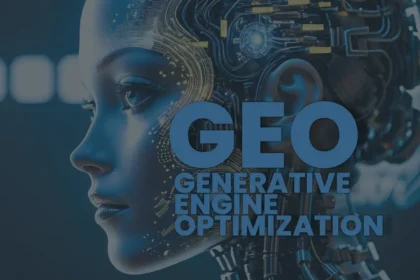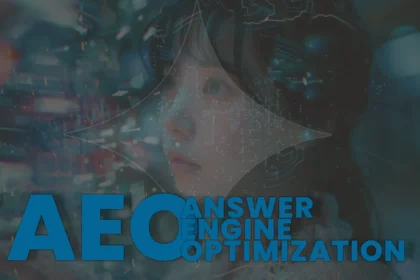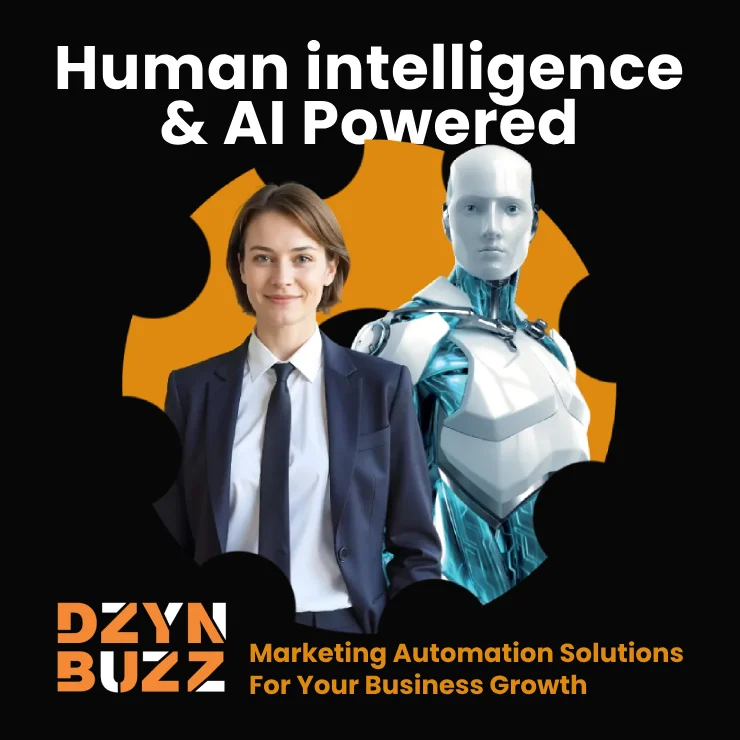As technology races forward, artificial intelligence is not just automating tasks — it’s reshaping how we interact with digital products. Nowhere is this more evident than in User Experience (UX) design. In 2025 and beyond, UX isn’t just about usability; it’s about predictive personalization, adaptive interfaces, and emotionally intelligent systems. Let’s explore how AI is radically transforming UX design and how designers can stay ahead.
Understanding the New UX Paradigm
“UX design is moving from reactive to predictive — anticipating what the user needs before they even ask.”
Traditionally, UX design focused on static wireframes, A/B testing, and user feedback loops. But AI is ushering in a new era of dynamic, data-driven UX that evolves in real time based on user behavior, preferences, and contextual insights.
Key Changes in UX Paradigm:
- From feedback-based to behavior-based design
- From static interfaces to adaptive experiences
- From user personas to real-time micro-personalization
The Role of AI in UX Design
AI enables a more intuitive, responsive experience by analyzing massive amounts of data and making intelligent design decisions.
Top AI Applications in UX:
| AI Capability | UX Impact |
|---|---|
| Machine Learning | Predictive personalization, smarter recommendations |
| Natural Language Processing | Voice-based interfaces, chatbots, sentiment detection |
| Computer Vision | Gesture recognition, emotion-aware UI |
| Generative Design | Automated wireframes, layout suggestions |
Stats Highlight:
- 71% of users now expect websites to offer personalized experiences – Source: Adobe Digital Trends Report
- AI-based UX design tools have cut design iteration times by up to 45% – Source: McKinsey
Tools That Are Redefining UX with AI
Here are some AI-powered tools that are making waves in UX design:
- Uizard – Converts hand-drawn sketches to wireframes using AI
- Framer – Smart layout predictions and real-time prototyping
- Adobe Sensei – AI-powered image and layout suggestions for faster design iterations
- Useberry – Predicts heatmaps and user flows before actual deployment
Designing for Emotion and Context
AI is helping us go beyond functionality. With AI-driven sentiment analysis, interfaces can now adapt emotionally — such as calming colors when frustration is detected, or encouraging messages during long form fills.
“The UX of tomorrow won’t just respond — it will empathize.”
What This Means for Designers
As AI becomes a creative collaborator, designers must:
- Embrace data fluency alongside design fluency
- Shift from static design to design systems that learn
- Focus more on user emotions and behavioral outcomes
- Collaborate closely with data scientists and AI engineers
Future Trends to Watch
- Conversational UX powered by advanced NLP
- Zero-UI experiences — voice, gesture, and emotion-led interfaces
- Hyper-personalized onboarding flows
- Ethical UX — transparency in AI decision-making
Action Steps for UX Professionals
- Learn AI fundamentals relevant to design
- Start using AI-powered design tools
- Collaborate with AI product teams
- Advocate for ethical and transparent UX practices
Final Thoughts
AI is not replacing UX designers — it’s empowering them to create more human-centric, efficient, and impactful experiences. Those who embrace AI will be the pioneers of next-gen digital experiences.













